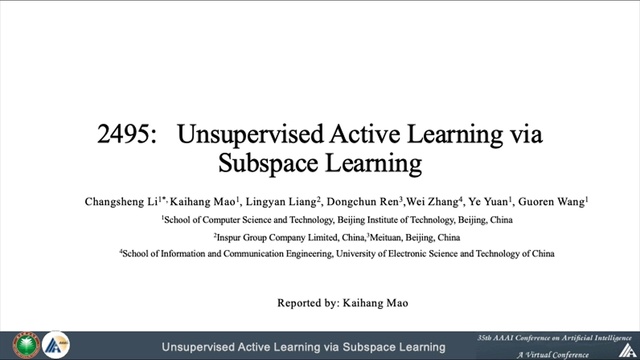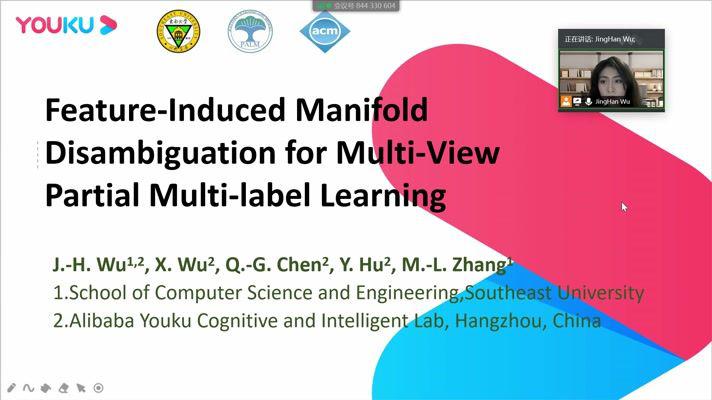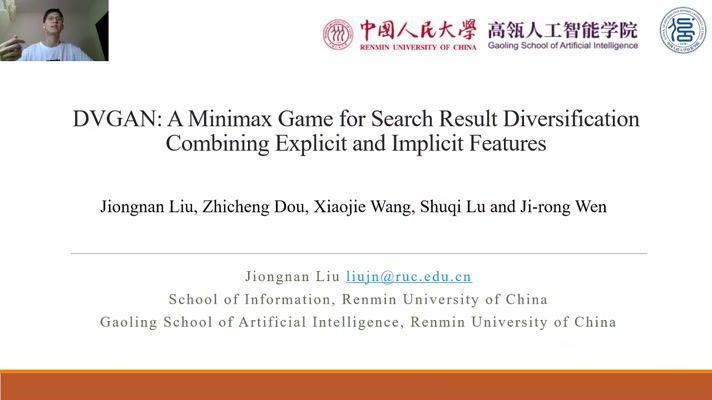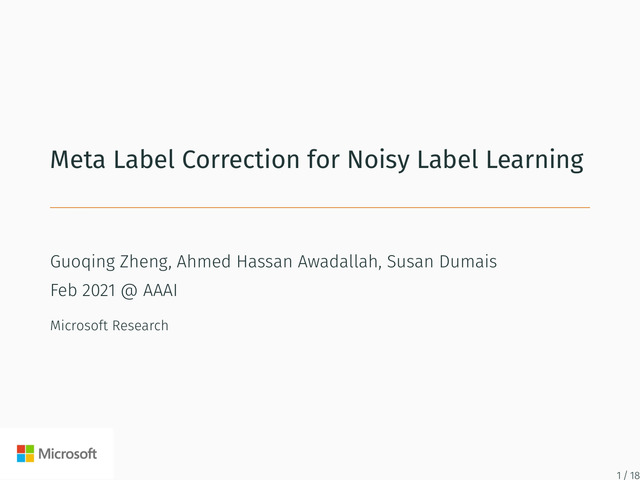Abstract:
The hypernymy detection task has been addressed under various frameworks. Previously, the design of unsupervised hypernymy scores has been extensively studied. In contrast, supervised classifiers, especially distributional models, leverage the global contexts of terms to make predictions, but are more likely to suffer from ``lexical memorization''. In this work, we revisit supervised distributional models for hypernymy detection. Rather than taking embeddings of two terms as classification inputs, we introduce a representation learning framework named Bidirectional Residual Relation Embeddings (BiRRE). In this model, a term pair is represented by a BiRRE vector as features for hypernymy classification, which models the possibility of a term being mapped to another in the embedding space by hypernymy relations. A Latent Projection Model with Negative Regularization (LPMNR) is proposed to simulate how hypernyms and hyponyms are generated by neural language models, and to generate BiRRE vectors based on bidirectional residuals of projections. Experiments verify BiRRE outperforms strong baselines over various evaluation frameworks.









































